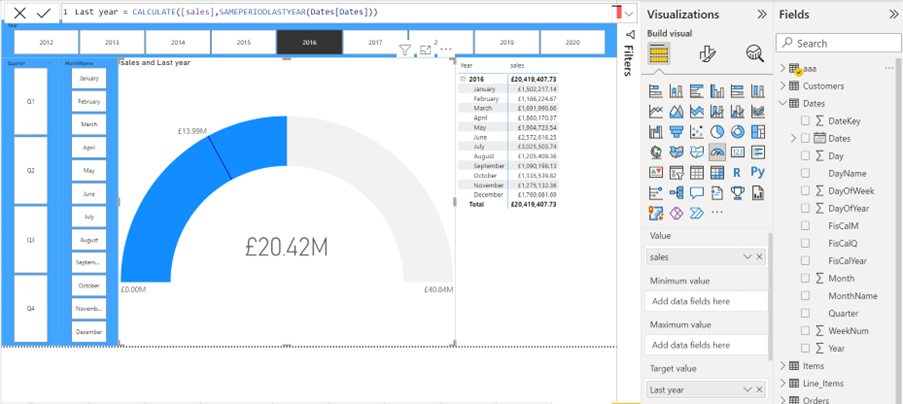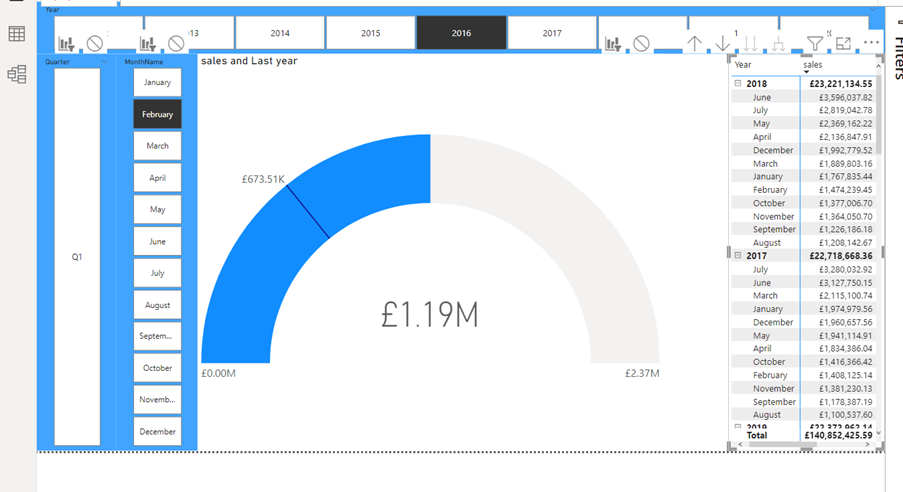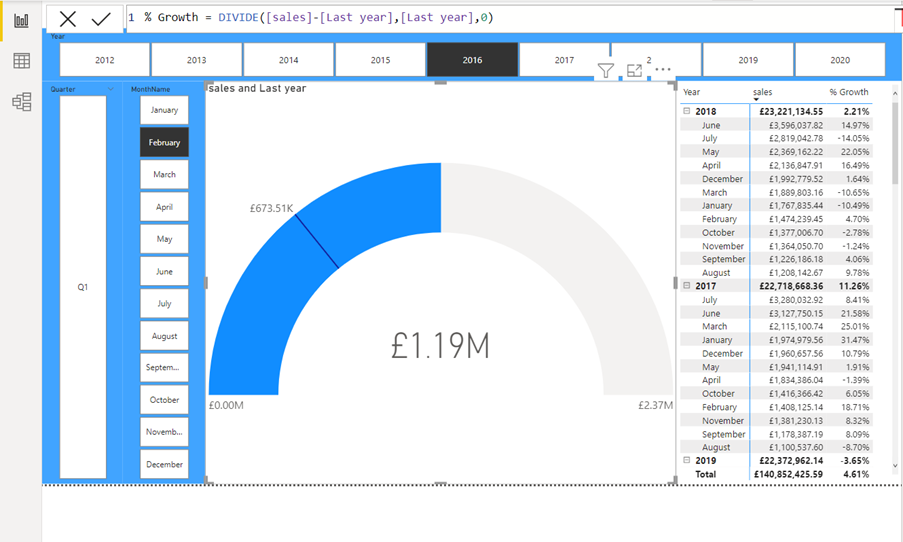Emotional Intelligence enables teams to reach their full potential.
What is it?
Emotional intelligence (EI) refers to an individual’s ability to recognise their emotions and understand how these emotions impact on others. An emotionally intelligent team relates to the ability of a group to manage and harness emotions for positive outcomes. However, an emotionally intelligent team is not simply a combination of individual emotional intelligence and self-awareness, but rather, the result of active team development.
As noted by Daniel Goleman in his 1998 work, Working with Emotional Intelligence, each of us only has part of the information and skills we need to do our jobs. We depend on the group mind – the collective experiences, skills, and knowledge within the team – to complete tasks, making collaboration essential to project and organisational success.
Group mind, as Goleman explains, helps to save time when seeking new solutions and amplifies individual capability. However, tapping into this cumulative knowledge is only possible if the team trust each other and work well together. The team must be emotionally intelligent.
At the core of every team are the relationships that make that team great or contribute to its demise. Here are five signs of an emotionally intelligent team:
1 They create, communicate and monitor ‘The Rules’
‘The Rules’ refer to the spoken and unspoken standards of work, behaviour and attitude team members expect from each other. They closely represent team values and apply to everyone. The team will not only clarify ‘The Rules’ for newcomers but will also monitor each other’s adherence to them.
An emotionally intelligent team will recognise the impact of their actions on others and so will choose to work and behave in a cohesive way, thus creating a sense of identity.
2 They pay attention
Emotionally Intelligent team members will pay attention to the needs and feelings of others. Demonstrating empathy and recognising the impact of your words or actions on the feelings of another is a sign of high EI. Listening attentively is important for building rapport and relationships, both of which are crucial for an emotionally intelligent team. Staying focused in discussions, questioning to understand, encouraging input, and accepting different perspectives is key to being able to make high quality team decisions.
3 Their work environment is psychologically safe.
Psychological safety is the belief that you won’t be punished when you make a mistake; that it’s okay to speak your mind and to question the status quo. Open and honest communication has a snowball effect for building emotional intelligence. This is because the more you question and the more you learn, the more aware you become. This type of team behaviour creates enormous breakthroughs for a company in terms of new ideas. It also builds the level of confidence and trust that defines high performing teams.
4 They are aware of their strengths and weaknesses
Emotionally Intelligent teams have a collective awareness of each other’s strengths and can use them to the benefit of the team as a whole. They have a strong desire to improve and will actively seek and provide feedback. They will also prioritise team learning, conducting post action reviews to identify learning points.
An emotionally Intelligent team is attuned to their own feelings while working and will step back from the work to address situations that are driving unproductive emotions, while low EI teams will just plough ahead.
5 They work as one
Members of teams with high EI feel part of a worthwhile group. They recognise that they work better together than apart and are likely to reach higher levels of collaboration and productivity. High EI team members know how to keep each other inspired and motivated. They are better able to deal with stressful situations as a result.
Emotionally intelligent teams build good relations with other teams and will function as a group across organisational boundaries.
Conclusion
It’s easy to identify teams with high emotional intelligence: They are likely to be your highest-performing teams. They lift each other up and give everyone a chance to shine. Naturally, that translates into real results for the business.
As we begin planning for 2023, we hope you’ll consider setting aside the time and resources to develop the emotional intelligence of your team.







